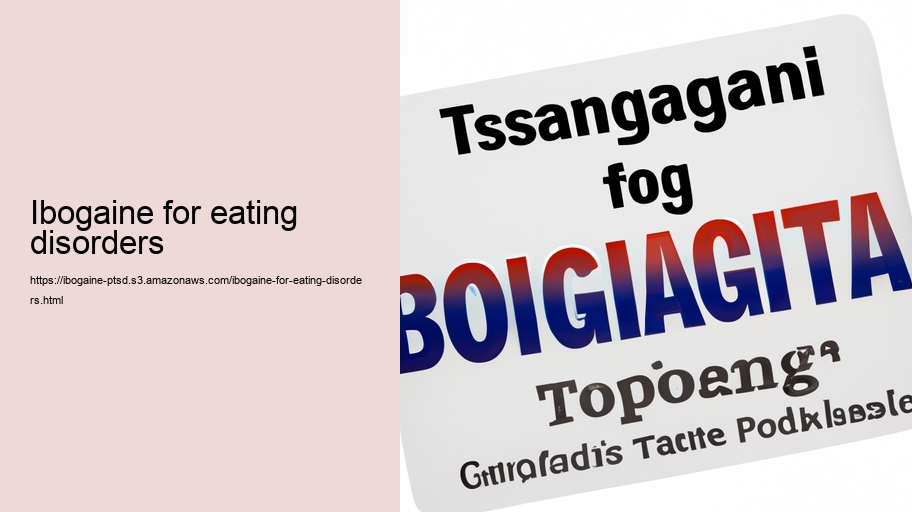Title: Ibogaine and the Hope for Treating Eating Disorders
The quest for effective treatments for eating disorders has led researchers to explore a multitude of therapeutic options, ranging from cognitive-behysical interventions to pharmacological solutions. Among these, ibogaine, a naturally occurring psychoactive substance derived from the root bark of the African shrub Tabernanthe iboga, has garnered attention not only for its potential in treating substance abuse but also as a possible novel approach to tackling eating disorders.
Eating disorders, such as anorexia nervosa, bulimia nervosa, and binge-eating disorder, are complex mental health conditions characterized by severe disturbances in eating behaviors and related thoughts and emotions. They can have devastating physical and psychological consequences. Traditional treatments involve a combination of psychotherapy, nutritional counseling, and medication management; however, not all patients respond favorably to these interventions. This underscores the need for alternative therapies that can offer new hope.
Ibogaine is traditionally used in spiritual ceremonies by indigenous West African tribes due to its psychoactive properties that induce visions and introspection. Its therapeutic potential lies in its ability to modulate neurotransmitter systems—particularly those involving serotonin (5-HT), dopamine (DA), and glutamate—which are often implicated in both addiction and mood disorders.
It is hypothesized that ibogaine's action on these neurotransmitters could address some of the underlying neurological factors contributing to disordered eating patterns. By resetting certain brain circuits or pathways associated with addictive behavior, it may also help individuals break free from compulsive cycles related to food consumption.
One of the most compelling aspects of ibogaine treatment is its purported ability to facilitate profound personal insights during its intense psychoactive experience. Patients have reported experiencing deep revelations about their lives during therapy sessions with ibogaine—a process which could be therapeutic for those whose eating disorders are rooted in emotional trauma or negative self-perceptions.
Despite anecdotal evidence suggesting efficacy against various forms of addiction including opioids and alcohol dependency, scientific research on ibogaine as a treatment for eating disorders remains nascent. Clinical studies investigating its safety profile and mechanisms of action are essential before any definitive conclusions can be drawn regarding its utility in this context.
Moreover, there are significant challenges associated with using ibogaine clinically: it is classified as a Schedule I substance under United States federal law—indicative of no accepted medical use—and poses risks including cardiac arrhythmias among others. Thus rigorous medical supervision would be imperative if it were ever approved for therapeutic applications.
In conclusion, while intriguing stories circulate within recovery communities about the transformative effects of ibogainene on individuals struggling with various afflictions—including eating disorders—the substantial hurdles posed by legal status obstacles combined with limited empirical support necessitate cautious optimism at best. Neverthelessm continuing exploration into this enigmatic compound may one day yield valuable insights or even breakthroughs capable offering real hope those grappling debilitating effects disordered relationships food themselves.
